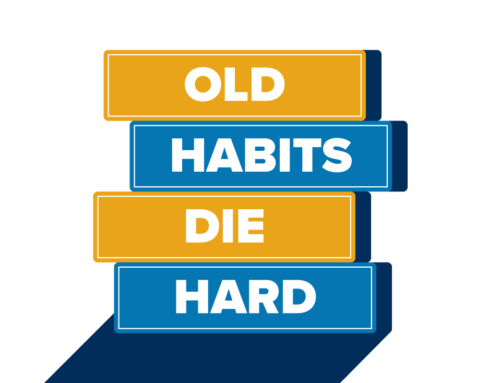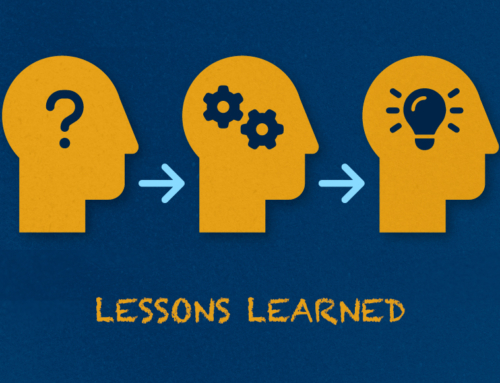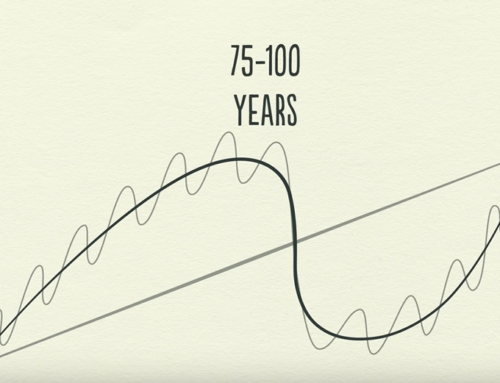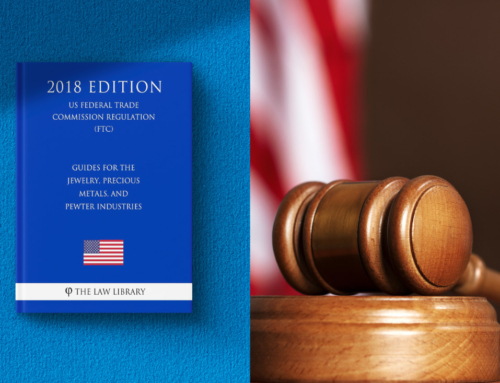By Abe Sherman, CEO BIG
At dinner during one of our recent Plexus Performance Group meetings, a jeweler asked, “What does it mean to be a Merchandiser? I explained what I had experienced when I was searching for a merchandiser of our own to be a Balance to Buy™ consultant; someone with multi-store experience who could train independent retailers the process of merchandising.
Is it a Product Developer?
With a stack of resumes in hand, I began calling these well-qualified and highly recommended people. The first “merchandiser” I called told me he was a Product Developer who traveled to China and India working with manufacturers to develop new styles and collections for his company. Did he do the buying or inventory management? No, those jobs were done by others. Next…
A Planner?
The next merchandiser I spoke with was a Planner. Her job was to develop budgets in cooperation with the CFO, and then allocate their overall budget by Vendor (in the case of brands) Category, Price-Point and Store. Multi-store chains would typically develop ABC-level stores with varying inventory budgets for each of the levels. When I asked her if she did any of the buying, she said she had never bought a piece of jewelry in her life. Next…
A Buyer?
The next merchandiser I had the pleasure to speak with was a Buyer. She bought jewelry based on the budgets that the Planner had given her, allocating the dollars based on the category/price-point plan that had been worked up. (Incidentally, in chain stores, there are always a number of buyers – typically a watch buyer, a diamond buyer, a ‘brand” buyer and someone who buys the rest of the merchandise. In really big chains, the rest of the merchandise is further broken down to gold, color, gents… etc.) When I asked her if she had done any planning, she explained that she had never touched an Excel spreadsheet in her life. Next…
An Inventory Manager?
There are also merchandisers who are the Inventory Managers. While none of the resumes included people from this group, they are a very important part of the process – they keep the never-outs from running out! In some cases, these are the men and women who are training to be buyers and are learning how the processes of inventory management works before dipping their toes in the waters of spending the company’s money. It can take years to develop the skills necessary to organize the comings and goings of inventory in a jewelry store – it’s best to start with the basics of inventory management, stock balancing and demanding that your suppliers keep their QC up to your specs and your program goods on the shelf!
A Visual Merchandiser?
Finally, let’s not forget about the interior designer types who are also merchandisers. They make your stores look great, keep the clutter out of the showcases and make sure your displays are replaced when they get worn. These are your Visual Merchandisers and in addition to needing someone on staff who does this job for your stores, you will also recognize them as the folks who are sent in by a brand to make their collections look good.
All of these candidates had worked for larger companies. It is normal for these companies to have product developers, merchandise planners, buyers, inventory managers and visual merchandisers. Finding a single person who embodies all of these skills is very rare and the reason that the process of merchandising and the “jobs” of “merchandiser” is, and probably should be, done by more than one person in your company.
To sum up, a Merchandiser is a Product Developer, Planner, Buyer, Inventory Manager and Visual Merchandiser, which, as it turns out happen to be the Five Steps of Merchandising.
During my 30 years of being in retail, I had always thought the term Merchandiser was the same as Buyer… who knew!






